Understanding How To Calculate Your Shopify Conversion Rate
Running a Shopify store is challenging work. Getting traffic to your online store takes a lot of work, but your effort is for nothing if you can’t convert potential customers. If you’ve ever wondered how to increase your Shopify conversion rate, you’ve come to the right place. This handy guide contains the tips and tricks to take your Shopify store to the next level.
MESA is a powerful tool for conversions on your Shopify store because it helps you automate all the time-consuming tasks needed to do to run a successful ecommerce business.
Automate conversion rate tasks today. Try MESA free – no coding required.
Topics:
Understanding Shopify conversion rates
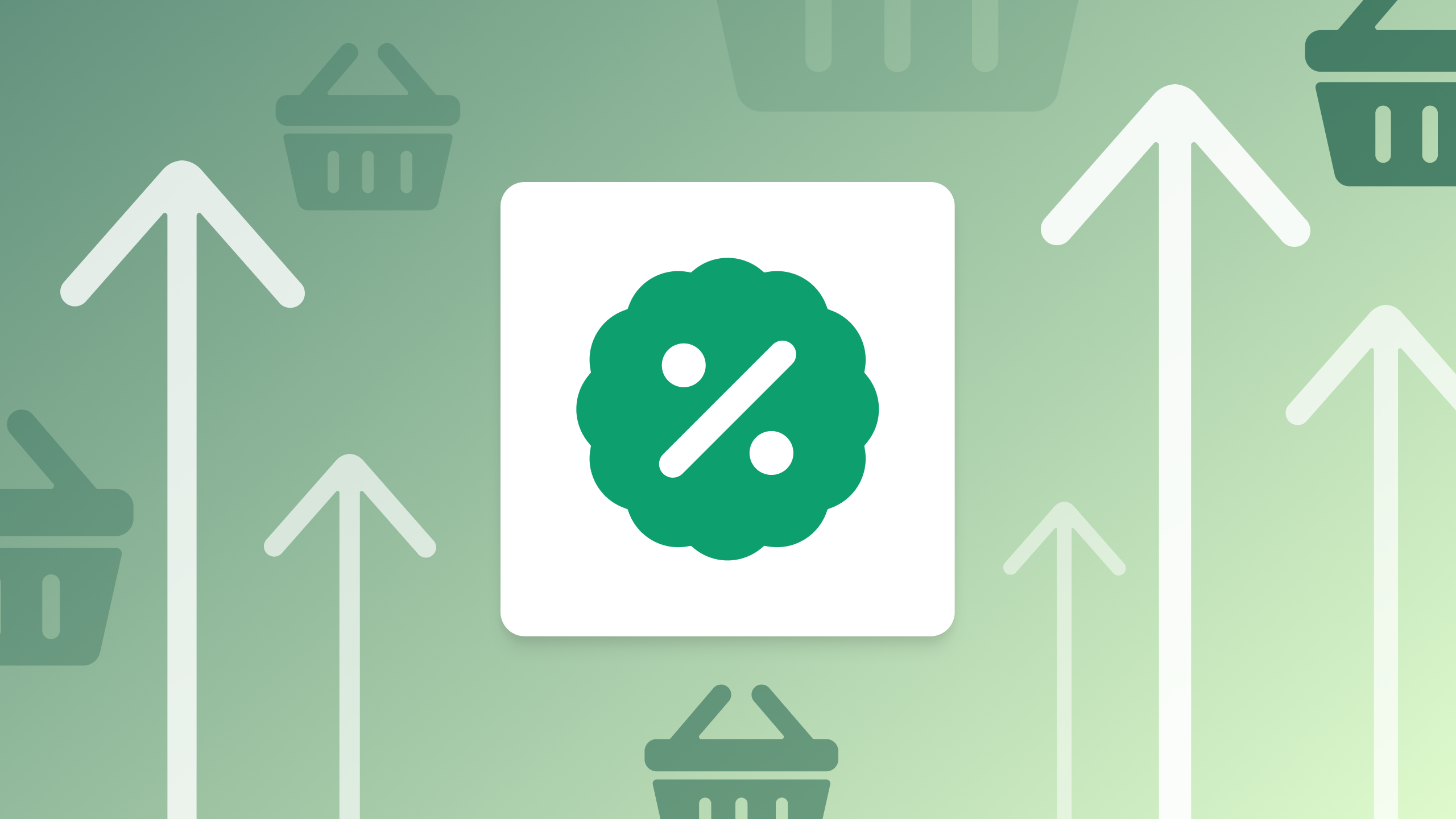
Your Shopify conversion rate is a percentage number of website visitors that come to your Shopify store and take a desired action.
Typically, when people talk about Shopify conversion rates, it means your online shoppers are making a purchase. However, it can also mean other desirable actions, such as:
adding an item to their cart
making an account
Signing up for your newsletter
How to calculate your Shopify conversion rate
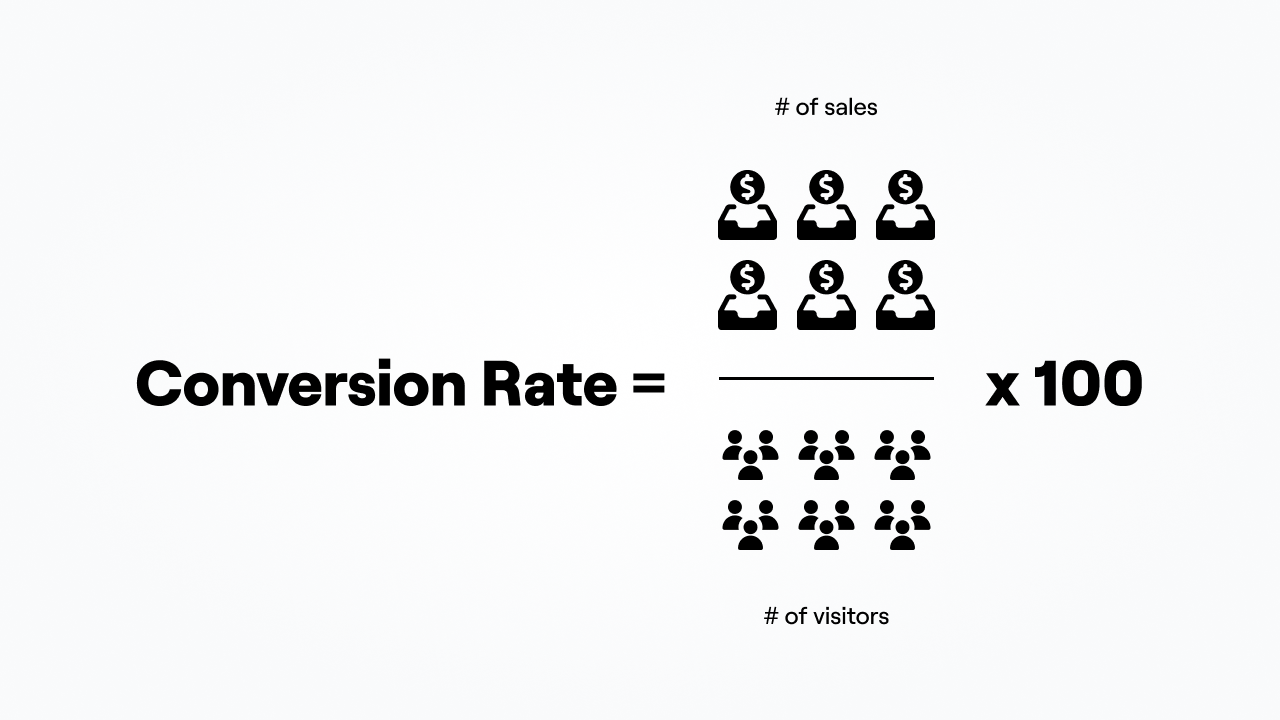
In this example, we’ll focus on sales.
Conversion rate = number of sales / number of visitors x 100.
In other words, say you had 140 people visit your ecommerce store, and five of them bought an item; that would be:
(5 sales /140 visitors) x 100 = conversion rate of 3.5%
Why Shopify store owners should monitor and increase conversions
Boosting Shopify conversion rates is essential for ecommerce sites for several reasons.
Getting website visitors costs time and money, so you should maximize the value of that traffic.
If you grow your conversion rate, you grow your ecommerce business.
Shopify conversion rate optimization helps reduce average Customer Acquisition Cost (CAC) because you need to spend less on organic or paid traffic per sale.
Tracking conversion rates helps you take a data-driven approach to more sales.
What is a good conversion rate for Shopify?
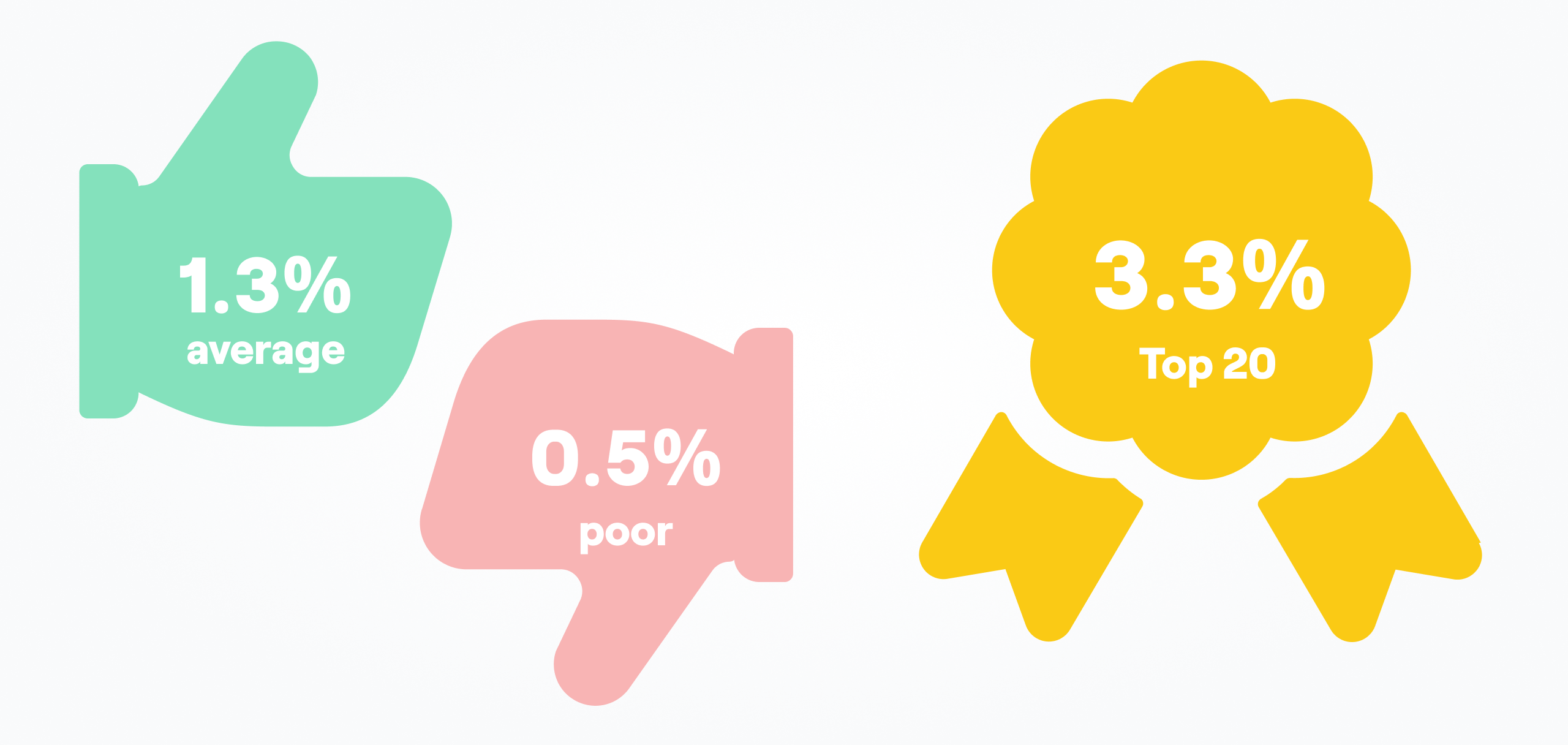
The first thing to consider is that a good conversion rate is subjective and dependent on your industry. However, there are benchmarks that you can measure yourself against.
This Shopify article about conversion rates cites a study by Littledata, which suggests:
Average conversion rate is 1.3%
Below 0.5% calls for improvement
Over 3.3% puts you in the top 20 Shopify stores
Of course, averages shift depending on products and industry. For example, this study suggests an average of 1.07% for DIY and tools, while Healthcare (4.6%) and Gifts (4.9%) had far higher industry averages.
The best thing to do is find benchmarks for similar ecommerce stores and measure against them.
Why is my Shopify conversion rate low?
There are several reasons why your Shopify conversion rate is low. Here are a few likely candidates.
Poor website design: Bad layouts and navigation confuse customers, while poor design looks unprofessional. Moreover, not optimizing for a mobile friendly website or a slow website are other conversion killers.

Unclear product descriptions: Lazy or incomplete product descriptions harm trust, while fuzzy photos on a product page are a massive turn-off for potential customers.
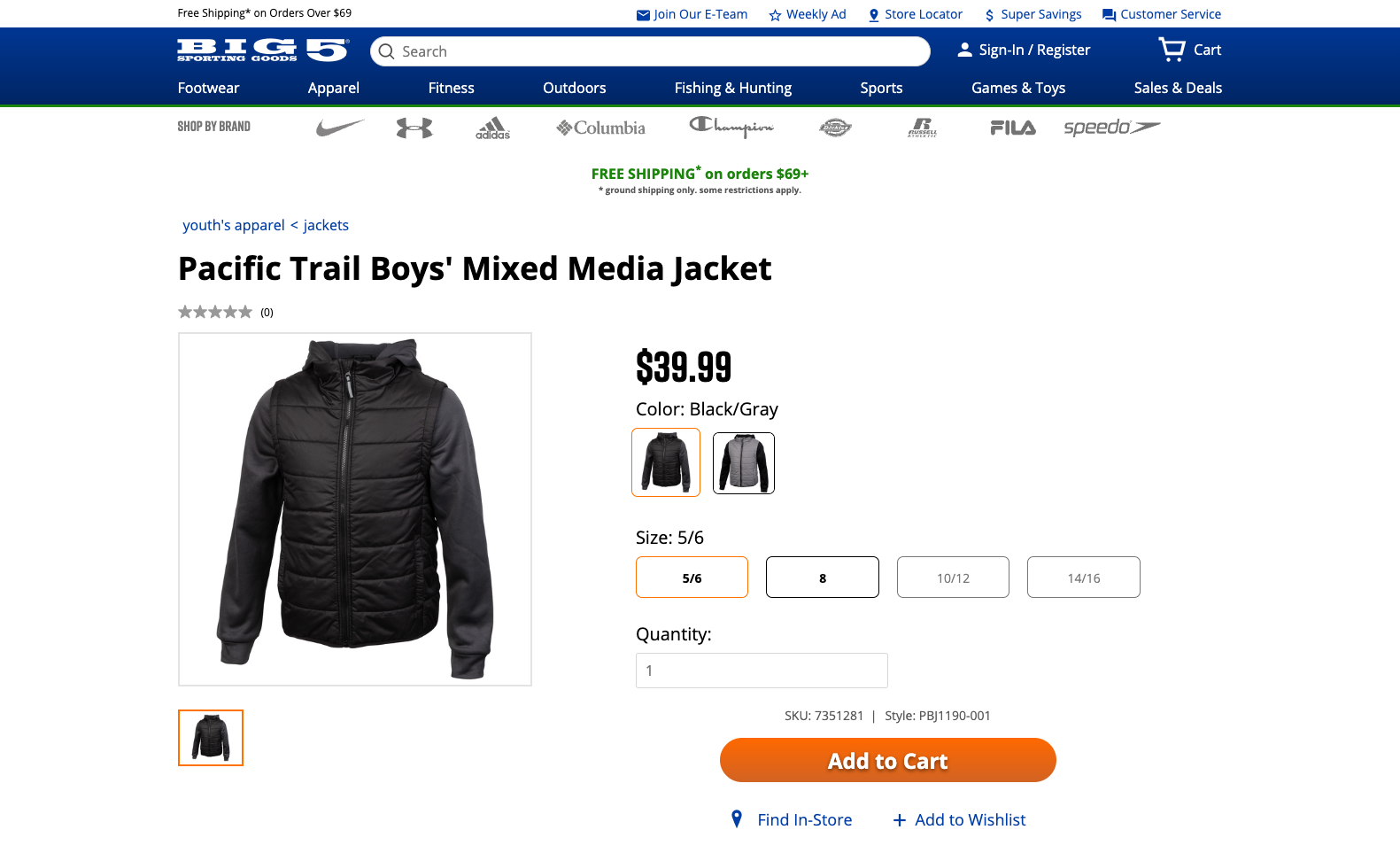
Complicated checkout: If you have too much friction anywhere on your checkout page, you turn customers away.
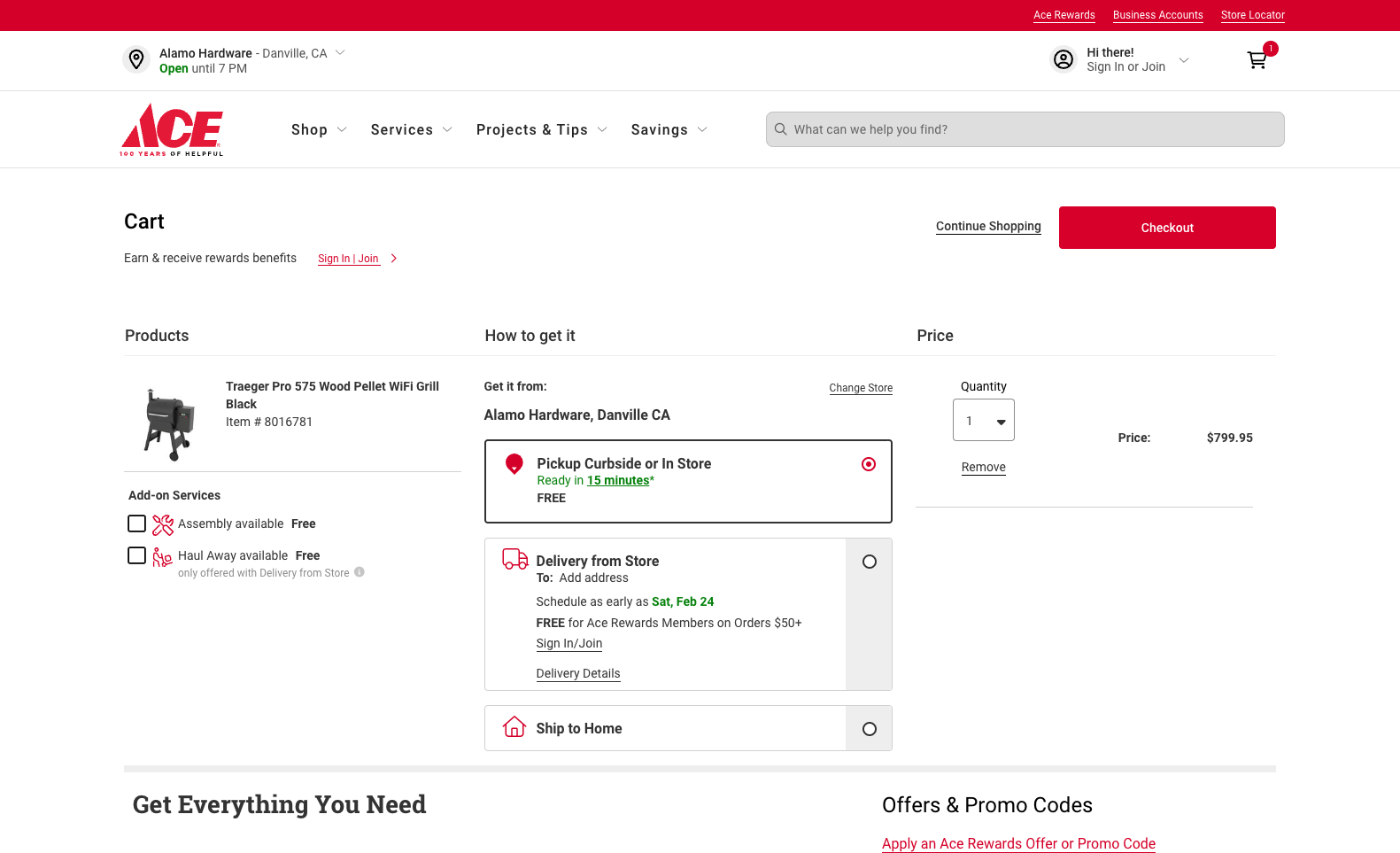
Target audience mismatch: This common problem happens when your Shopify store, products, and messaging don’t align with your target audience.
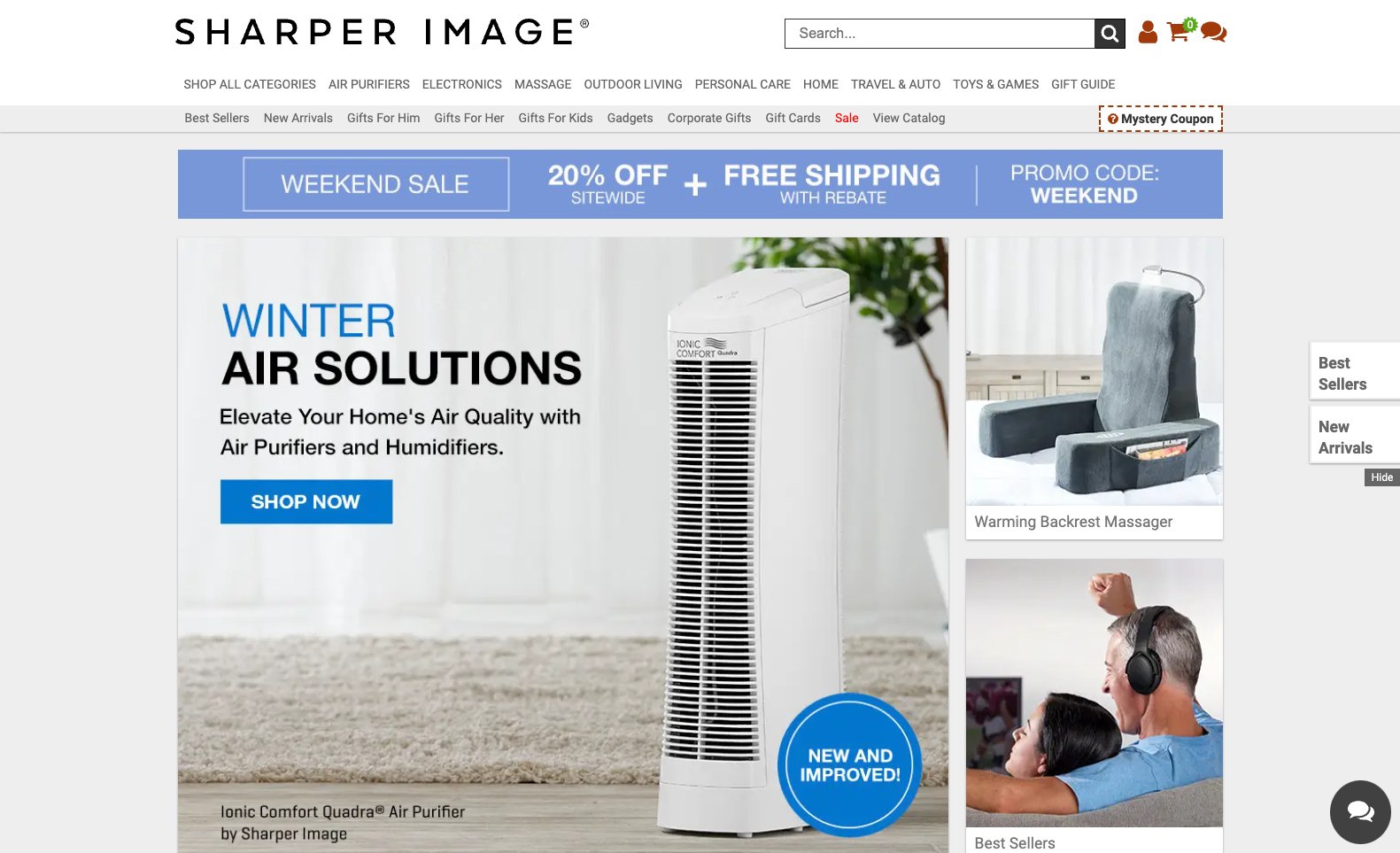
How do I increase conversion rate on Shopify?
If you’ve got one or more of those problems listed above, you must know how to increase your Shopify conversion rate. Thankfully, you can boost conversions in a few different ways. To begin with, let’s break them down into simple categories.
Website design and user experience (UX)
Make your ecommerce websites clean and easy to navigate
Invest in professional design or theme
Make sure your store is compatible with different mobile devices.
Use clear calls to action (CTA)
Product images and descriptions
Use compelling, detailed product descriptions
Leverage keywords to improve search engine rankings
Ensure professional photography
Use videos across product pages
Optimize the checkout experience
Display security badges to eliminate customer concerns about data safety
Allow guest checkout option
Use as few steps as possible to checkout
Offer multiple payment options
Offer free shipping
Customer testimonials and social proof
Share reviews and ratings
Use “someone just purchased…” messages to boost social proof
Encourage customers to create and share user-generated content (UGC).
Proven strategies to increase your Shopify store’s conversion rate
Here are the best strategies when you need to know for improving Shopify conversion rates.
Website optimization
If you’re wondering how to increase Shopify conversion rate, the first port of call is to look at your website. When visitors come to your ecommerce site, they expect it to work well. Any underperformance can hinder conversion rates.
Here are some areas to think about.
Website speed – Research from Bidnamic shows that faster page loads correlate with higher conversion rates. Moreover, a Vodafone case study showed how an LCP boost of 31% translated into 8% more sales. In addition, audit your web page speeds with a tool like Google’s PageSpeed Insights to see how you’re doing.
Mobile responsiveness – Mobile phones make up over half of all web traffic, which is growing yearly. Your Shopify store needs to be mobile responsive to serve as a mobile-optimized page when it detects a visitor on a smartphone. Please do so to avoid a high bounce rate, which destroys your conversion rate.
User interface (UI) – Good UI is about analyzing user behavior when using your product. It describes the flow of navigating around your interface and layout and how easy it is for consumers to complete tasks. In one interesting case study, the online retailer ASOS simplified registration for their users and saw abandoned carts fall by 50%.
High-quality product images and descriptions
Convenience is one of ecommerce’s biggest strengths. However, being unable to see and hold the items is one of its drawbacks. Always provide detailed product descriptions and high-quality product images. It can go a long way toward moving ecommerce shoppers down the conversion funnel.
Multiple images – Multiple high-quality product images allow users to see your stock from every angle. Indeed, according to Online Dasher, “90% of online buyers say that photo quality is the most crucial factor in an online sale.” Where appropriate, show the product in use; it helps potential customers visualize themselves using it.
Embrace video – Viewers love video. It’s that simple. According to HubSpot, adding video to a landing page can increase conversion rates by up to 86%. Also, video is the best way to show off the benefits of specific products.
Product descriptions – An old phrase in copywriting circles goes, “Don’t sell the features. Sell the benefits.” Listing specs is essential, but if you want to sell something, you need to give the benefits to the customer. Alongside the benefits, sell the product’s story, use emotion, and address potential objections.
Simplify the checkout process
Remove as much friction from the checkout process to get out of your customer’s way.
Guest checkout – Offer a guest checkout page. Sure, you miss out on customer data analytics, but you reduce your cart abandonment.
Minimize steps – Every unnecessary page, click, or dialogue box allows your potential customer to change their mind. Streamline your checkout process!
Offer different payment options – Where possible, offer credit card, PayPal, Google Pay, Apple Pay, and even “Buy Now, Pay Later” options.
Leveraging marketing tactics to boost conversion rates
There are lots of good marketing strategies to boost Spotify conversion rates.
Some of the areas you should explore include:
Building and cultivating relationships with prospective customers via email marketing campaign
Retargeting customers abandon carts or haven’t purchased in a while
Share content on social media to drive interest
Run social media competitions or giveaways to create a buzz around your store
Offer free shipping when a specific cart total threshold is reached
Use search engine optimization (SEO) for your store and individual products to drive sustainable organic traffic.
Utilizing analytics to understand and improve conversion rates
Tools like Google Analytics can help you find your baseline Shopify conversion rates. However, they also allow you to dig deeper and see where users drop off on their customer journey. Identifying the weaknesses in your conversion funnel helps guide your remediation efforts.
Focus on crucial conversion metrics and compare them to industry benchmarks. For example, it might be time to provide guest checkout if your abandoned carts are excessive.
Finally, A/B test images, product descriptions, and calls to action on your store. Go with the best-performing creatives.
Advanced techniques for Shopify conversion rate optimization
When you’ve mastered the techniques mentioned above, it’s time to go further with more advanced conversion rate optimization techniques. Here are a few you can try.
Use limited-time offers, flash sales, and low-stock indicators to create a sense of urgency.
Use “frequently bought together” suggestions, relevant product add ons, and cross-sells and upsells to boost conversions to the next level
Loyalty programs help build relationships with existing customers and encourage repeat purchases.
Conclusion
Increasing Shopify conversion rates is about more than driving revenue. It’s about improving the user behavior of your Shopify store, providing value to customers, and making buying as frictionless as possible.
While some marketing strategies work best for different products and industries, it’s important to remember that constant testing and experimentation is the key. Therefore, invest time and money in improving your conversion rate, and eventually, the results will come.


